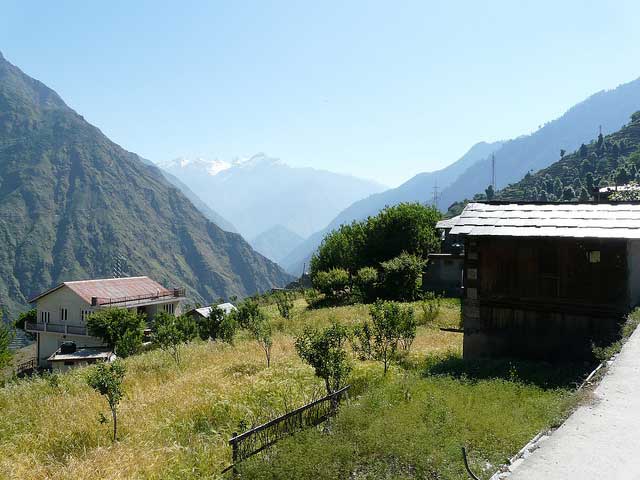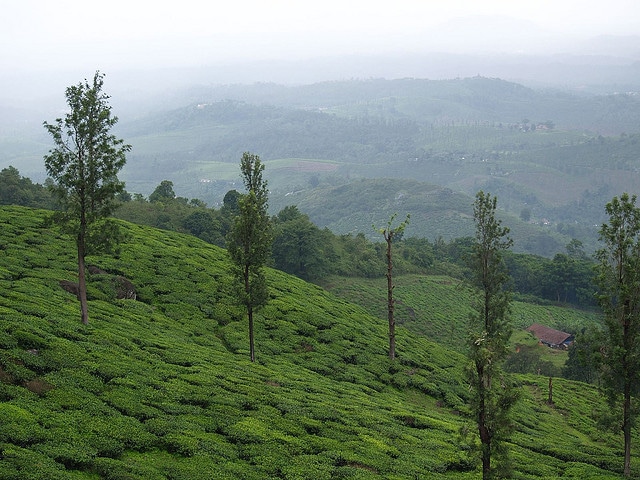Nagarahole National Park, nestled in the picturesque hills of Coorg, is a haven for wildlife enthusiasts and nature lovers alike. Its name, which translates to “Snake River,” is derived from the winding streams that snake through the verdant landscape. Let’s delve into the allure of this natural treasure trove.
Location and Geography
Located in the Kodagu district of Karnataka, Nagarhole National Park spans over 600 square kilometers. It forms part of the Nilgiri Biosphere Reserve, a UNESCO World Heritage Site. The park’s terrain encompasses dense forests, rolling hills, and serene water bodies, creating a habitat conducive to a diverse array of flora and fauna.
Flora and Fauna
Diversity of Wildlife
Nagarahole boasts an impressive biodiversity, with over 270 species of birds, 100 species of mammals, and countless reptiles and amphibians calling it home. From majestic elephants to elusive leopards, the park offers sightings of some of India’s most iconic wildlife species.
Iconic Species
Among the park’s flagship species are the Bengal tiger, Indian bison (gaur), and the elusive black panther. Visitors can also spot herds of wild elephants meandering through the forest, as well as dhole (Indian wild dog) packs hunting their prey.
Importance of Conservation Efforts
The conservation efforts undertaken in Nagarhole National Park are paramount in preserving its rich biodiversity. Measures such as anti-poaching patrols, habitat restoration, and community involvement initiatives play a vital role in safeguarding the park’s ecosystems for future generations.
Historical Significance
With a history dating back to the reign of the Wodeyar dynasty, Nagarhole has served as a hunting ground for royalty. However, its transformation into a protected area in 1955 marked a pivotal moment in its conservation journey.
Visitor Information
Best Time to Visit
The best time to visit Nagarhole National Park is from October to May, as the weather during these months is pleasant and conducive to wildlife sightings and outdoor activities. During the winter months of November to February, the weather is cool and dry, making it ideal for exploring the park and enjoying safaris. However, wildlife sightings may be more frequent during the summer months of March to May when animals gather around water sources due to the increasing temperatures.
Entry Fee and Timings
To enter Nagarhole National Park, visitors need to pay a nominal entry fee, which helps support conservation efforts and maintenance of the park. The park is open to visitors from sunrise to sunset, with specific timings for safaris and guided tours. It’s advisable to check the official website or inquire locally for the latest information on entry fees, timings, and safari bookings.
Accommodation Options
There are various accommodation options available near Nagarhole National Park, catering to different preferences and budgets. From luxury resorts nestled amidst lush greenery to eco-friendly lodges offering a rustic experience, visitors can choose accommodations that suit their needs. Some accommodations also organize guided tours and safari experiences, providing a convenient and comfortable stay for guests. It’s recommended to book accommodations in advance, especially during the peak tourist season, to ensure availability and avoid last-minute hassles.
Safety Guidelines
While exploring Nagarhole National Park, it’s essential to adhere to safety guidelines to ensure a memorable and safe experience. Visitors should follow the instructions of trained guides and naturalists during safaris and guided tours. Maintaining a safe distance from wildlife and refraining from feeding or disturbing animals is crucial for both visitor safety and the well-being of the park’s inhabitants. Additionally, wearing comfortable clothing, carrying sufficient water and snacks, and applying insect repellent are advisable to stay comfortable during outdoor activities.
Activities for Visitors
Safari Experience
Embark on an exhilarating safari through the heart of the jungle, where trained guides navigate through dense foliage, offering insights into the park’s ecosystem and wildlife behavior.
Bird Watching
Nagarhole is a paradise for bird enthusiasts, with its rich avifauna including species like the Malabar trogon, Indian pitta, and the endangered Oriental white-backed vulture.
Nature Walks
Immerse yourself in the tranquility of nature with guided nature walks, where you can observe the smaller wonders of the forest, from vibrant butterflies to exotic flora.
Nearby Attractions
Dubare Elephant Camp
Situated in close proximity to Nagarhole National Park, the Dubare Elephant Camp offers a unique and immersive experience with these majestic creatures. Visitors have the opportunity to engage in various activities, including bathing, feeding, and even participating in the daily care routines of the elephants. The camp also provides insights into the conservation efforts aimed at protecting Asian elephants, allowing visitors to gain a deeper understanding of these gentle giants and their significance in Indian culture and heritage
Iruppu Falls
Just a short drive from Nagarhole National Park lies the breathtaking Iruppu Falls, a cascading cascade of water amidst lush greenery. As one of the most picturesque waterfalls in the region, Iruppu Falls not only offers a mesmerizing sight but also provides a tranquil retreat for visitors seeking respite from the hustle and bustle of city life. Surrounded by dense forests and offering scenic trekking trails, Iruppu Falls is the perfect spot for nature enthusiasts and adventure seekers alike. Visitors can also explore the nearby ancient Shiva temple, adding a touch of spirituality to their journey amidst nature’s splendor.
Sustainable Tourism Practices
Nagarhole National Park prioritizes sustainable tourism practices, aiming to minimize its ecological footprint while maximizing the benefits to local communities.
Challenges Facing the Park
Despite its protected status, Nagarhole faces challenges such as habitat fragmentation, human-wildlife conflict, and illegal poaching, necessitating continued efforts in conservation and management.
Future Prospects and Initiatives
With advancements in technology and increased awareness, there is hope for the continued preservation of Nagarhole’s natural heritage through innovative conservation initiatives.
Local Community Engagement
Involvement of local communities in conservation efforts is crucial for the long-term sustainability of the park, fostering a sense of ownership and responsibility towards its protection.
Wildlife Conservation Organizations Involved
Various wildlife conservation organizations collaborate with park authorities to implement conservation projects, research initiatives, and community development programs.
Preserving Indigenous Culture
Efforts are underway to preserve the indigenous culture of the native tribes residing in the vicinity of Nagarhole, ensuring their traditional knowledge and practices are respected and safeguarded.
Conclusion
Nagarhole National Park stands as a testament to the awe-inspiring beauty and biodiversity of India’s natural landscapes. As we tread cautiously into the future, let us pledge to cherish and conserve these precious ecosystems for generations to come.
FAQs
- Is it safe to visit Nagarhole National Park?
- Yes, the park adheres to strict safety protocols, and guided tours ensure a safe and enjoyable experience for visitors.
- What are the chances of spotting a tiger in Nagarhole?
- While tiger sightings are never guaranteed, Nagarhole is known for its healthy tiger population, increasing the likelihood of sightings during safaris.
- Are there any restrictions on photography within the park?
- Visitors are encouraged to capture the beauty of Nagarhole through photography, but certain guidelines must be followed to ensure minimal disturbance to wildlife.
- Can I visit Nagarhole National Park with young children?
- Yes, families with young children can enjoy the park’s attractions, but it’s essential to adhere to safety instructions and regulations.
- How can I contribute to the conservation efforts of Nagarhole National Park?
- You can support conservation initiatives through responsible tourism practices, donations to wildlife organizations, and spreading awareness about the park’s importance.











